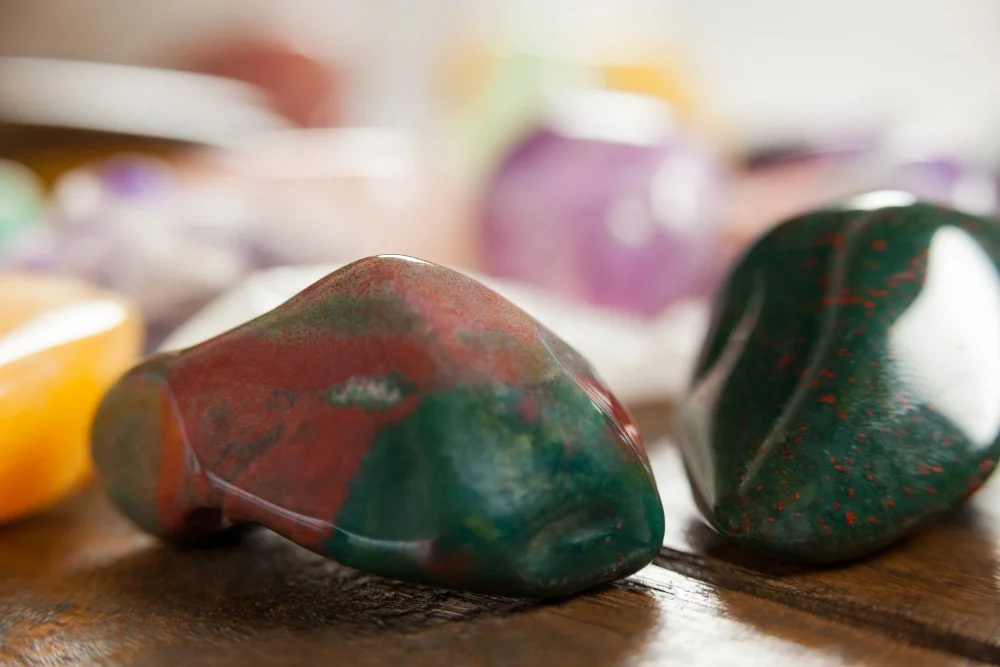The Question Behind Every Collector’s Doubt
Have you ever wondered why the sapphire ring you admired last year suddenly costs twice as much today—or why a ruby you bought for what seemed like a fair price now feels like a bargain compared to market rates? This is a question I found myself asking when I walked through Jaipur’s gemstone market last spring. I had come for emeralds, but the whispers among traders were not about colour or clarity—it was about prices climbing and falling as unpredictably as the monsoon. Understanding these fluctuations is not just a matter of curiosity; it’s vital for collectors, jewellers, and anyone considering gemstones as an investment.
In this article, written for the Sapphrion Blog, I’ll unravel the real forces shaping gemstone pricing, weaving in my own experiences, expert insights, and the hidden dynamics the average buyer rarely sees.
Beyond Beauty: The Economics of a Gem
At first glance, it’s tempting to think gemstone prices are dictated solely by beauty. After all, isn’t a fiery ruby or a vivid blue sapphire priceless in its allure? Yet, beauty is only the surface. Prices fluctuate because gemstones sit at the intersection of geology, global economics, and human emotion.
Gemologist Richard Hughes once remarked, “Gems are where science meets desire.” Their rarity, combined with subjective demand, means they behave more like fine art than commodities like gold. While gold’s value is anchored by measurable reserves and industrial uses, gemstones carry layers of unpredictability.
Key Factors That Influence Gemstone Prices
1. Supply and Mining Challenges
Mining is not a steady conveyor belt. A mine can yield a pocket of extraordinary sapphires one year and produce almost nothing the next. When I visited Ratnapura, Sri Lanka—often called the ‘City of Gems’—local miners told me candidly: “Some months, we pull treasures; some months, only mud.” That irregularity creates scarcity and sudden spikes in value.
Political instability also plays a role. Myanmar’s rubies, for instance, have faced export bans due to sanctions, pushing prices up in global markets. According to the World Bank source, such geopolitical influences often ripple across the gemstone trade far beyond the mining regions.
2. Quality and Rarity
A slight difference in hue or clarity can make an exponential difference in price. Consider two emeralds of identical carat weight: if one exhibits a pure, vivid green without inclusions visible to the naked eye, its price might be triple that of its counterpart.
This is where the “Four Cs” of gemstones—colour, clarity, cut, and carat—come into play. However, unlike diamonds, coloured gemstones are valued more heavily on colour. The deep royal blue of a Kashmir sapphire, for instance, holds near-mythical status, with prices often reaching record highs at auction.
3. Market Demand and Fashion Cycles
Just as fashion houses dictate seasonal styles, celebrity endorsements and cultural moments shape gemstone demand. When Princess Diana’s sapphire engagement ring was passed down to Kate Middleton, demand for blue sapphires surged worldwide. Auction houses such as Sotheby’s have documented these spikes, showing how cultural narratives can drive bidding wars and retail demand simultaneously.
4. Treatments and Transparency
Heat treatment, fracture filling, and other enhancements can stabilise gemstones but also affect value. While treated stones are often more affordable, untreated stones of high quality are increasingly prized. In my own dealings with buyers, I’ve noticed an emerging insistence on certification from respected labs such as GIA (Gemological Institute of America) or SSEF (Swiss Gemmological Institute). The transparency of these certifications influences both trust and price.
5. Global Economy and Currency Shifts
Gemstones are traded globally in US dollars. A fluctuation in currency exchange rates can make gems cheaper or more expensive overnight in local markets. During economic downturns, investors often look for “portable wealth”—small, high-value assets that can be moved discreetly. Gemstones, like fine art, serve this role, driving demand during uncertain times.
Real-World Examples of Price Fluctuations
- Kashmir Sapphires: Virtually no new supply has entered the market since the 19th century. Each auction record—often in the millions—pushes the price benchmark higher, creating a feedback loop of rising valuations.
- Colombian Emeralds: Political instability and narco-related conflicts once restricted exports, leading to significant price volatility. Today, strict regulations and increased transparency have stabilised supply, though top-quality stones remain rare and costly.
- Spinel’s Renaissance: Once mistaken for rubies, spinels were undervalued for centuries. In recent years, thanks to education campaigns and celebrity jewellery, their prices have surged dramatically—proof that knowledge itself can reframe a gemstone’s value.
Expert Insights on Pricing Trends
Dr. Laurent Massi, a gemmologist and researcher at the University of Nantes, explains: “Gemstones are subject to micro-markets rather than universal benchmarks. A five-carat pigeon’s blood ruby might double in value within a decade, while a similar-sized spinel could increase fivefold, depending on market rediscovery.”
According to the 2023 Gem & Jewellery Export Promotion Council (GJEPC) report source, coloured gemstone exports alone accounted for over $300 million, underscoring their significance in global trade. These numbers reflect not just luxury consumption but also the growing role of gemstones in investment portfolios.
Practical Tips for Buyers and Collectors
- Educate Yourself Constantly: Gem markets evolve. Subscribing to trade journals such as The Journal of Gemmology provides ongoing insights.
- Insist on Certification: Always request laboratory certificates, especially for high-value stones.
- Diversify Your Collection: Don’t only chase sapphires or emeralds; consider underappreciated gems like tourmaline or spinel, which may offer better long-term appreciation.
- Buy for Love, Not Speculation: Ultimately, gemstones should bring joy. As I often remind clients: “If the market dips tomorrow, will you still love the gem in your hand?”
FAQs:
Q1: Are gemstone prices likely to stabilise in the future?
Unlikely. Given their dependence on mining, rarity, and demand cycles, volatility will always be part of the gemstone world.
Q2: Are treated gemstones bad investments?
Not necessarily. Treated stones can be beautiful and affordable, but untreated stones with strong colour often hold greater long-term value.
Q3: Do auction results really affect everyday retail prices?
Yes. High-profile sales set new benchmarks that trickle down to dealers and retailers.
Q4: Is investing in gemstones safer than gold or stocks?
Gemstones can be a hedge, but they lack the liquidity of gold or equities. They are best seen as part of a diversified portfolio.
Final Thoughts: The Living Market of Gems
The gemstone market is alive—breathing with supply, demand, and the pulse of global events. From my first encounter in the bustling lanes of Sri Lanka to the quiet elegance of Geneva’s auction houses, one lesson is clear: gemstone prices fluctuate because gems themselves are rare, dynamic, and deeply tied to human stories.
For those of us who cherish them, these shifts are not just financial—they’re part of the gem’s journey. And that, perhaps, is the greatest treasure.
At Sapphrion, we’d love to hear from you—have you noticed a gemstone price shift in your own buying experience? Share your story in the comments below, and let’s keep the conversation sparkling.
Read Also: How Can You Tell if a Ruby Is from Burma?




